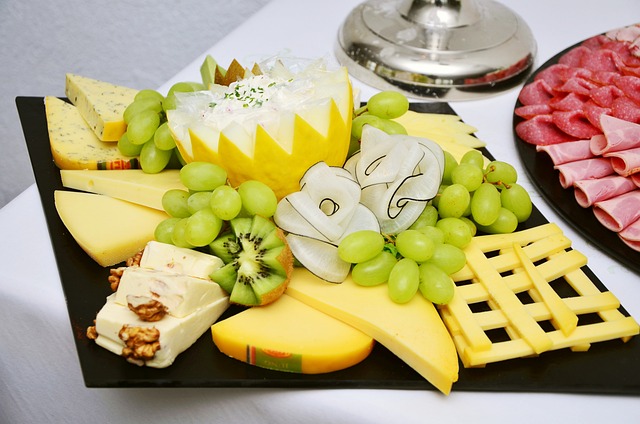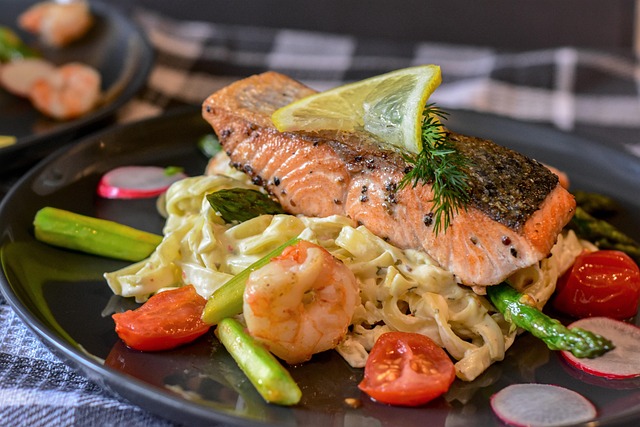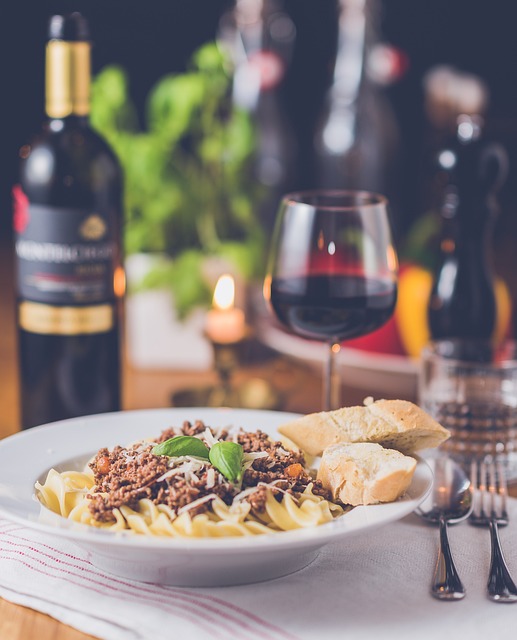Wine and food pairing is an art that transforms ordinary meals into extraordinary culinary experiences. The right combination can elevate both the wine and the dish, creating harmonious flavors that dance on your palate. Whether you’re hosting a dinner party or simply enjoying a quiet evening at home, understanding which foods complement different wines will enhance your dining pleasure immeasurably.
Classic Cheese and Charcuterie Combinations

Cheese and wine represent one of the most beloved pairings in culinary history. Aged cheeses like Parmigiano-Reggiano, Gouda, and sharp Cheddar pair beautifully with bold red wines such as Cabernet Sauvignon or Chianti. The saltiness and richness of these cheeses complement the tannins in red wine, creating a balanced taste experience.
For white wines, consider softer cheeses like Brie, Camembert, or fresh goat cheese. These creamy textures work wonderfully with Chardonnay, Sauvignon Blanc, or Pinot Grigio. The acidity in white wines cuts through the richness of the cheese while enhancing its delicate flavors.
Charcuterie boards featuring prosciutto, salami, and other cured meats create perfect companions for medium-bodied wines. The salt and fat in cured meats enhance wine flavors while the wine’s acidity cleanses the palate between bites.
Seafood and White Wine Harmonies

Seafood and white wine create some of the most elegant pairings in fine dining. Delicate fish like sole, halibut, or sea bass pair exceptionally well with light white wines such as Albariño, Vermentino, or unoaked Chardonnay. These wines won’t overpower the subtle flavors of the fish while providing crisp acidity that enhances the natural sweetness of seafood.
Shellfish like oysters, mussels, and clams find their perfect match in Champagne, Chablis, or Muscadet. The mineral notes in these wines complement the briny oceanic flavors, while the bubbles in Champagne add festive elegance to the dining experience.
Richer fish preparations, such as salmon with cream sauce or lobster thermidor, can handle more robust white wines like oaked Chardonnay or white Burgundy. These wines have enough body and complexity to match the richness of the preparation without being overwhelmed.
Red Meat and Bold Wine Partnerships
Red meat demands wines with structure and intensity. Grilled steaks, lamb chops, and roasted beef pair magnificently with full-bodied red wines like Cabernet Sauvignon, Malbec, or Barolo. The tannins in these wines complement the proteins in meat while the wine’s bold flavors stand up to rich, savory preparations.
Game meats such as venison, duck, or wild boar pair beautifully with earthy red wines like Pinot Noir, Côtes du Rhône, or Sangiovese. These wines have the complexity to match the intense flavors of game while providing enough acidity to cut through rich sauces and gravies.
Barbecued and smoked meats work wonderfully with jammy, fruit-forward wines like Zinfandel, Shiraz, or Grenache. The smoky, spicy flavors in these preparations find harmony with wines that have similar bold, concentrated fruit characteristics.
Pasta and Italian Wine Traditions

Italian cuisine offers countless wine pairing opportunities rooted in regional traditions. Tomato-based pasta sauces pair excellently with Chianti Classico or Sangiovese, as the wine’s acidity matches the acidity in tomatoes while complementing herb and garlic flavors.
Creamy pasta dishes like Alfredo or carbonara work beautifully with Italian white wines such as Pinot Grigio, Soave, or Gavi. These wines provide enough acidity to cut through rich cream sauces without overwhelming delicate pasta flavors.
Pesto-based dishes pair wonderfully with Vermentino or Falanghina, as these wines complement the herbal notes in basil while providing fresh, clean flavors that don’t compete with the dish’s complexity.
Dessert and Sweet Wine Combinations
Dessert wines create magical endings to memorable meals. Rich chocolate desserts pair beautifully with Port, late-harvest Zinfandel, or dessert Cabernet Sauvignon. The sweetness in these wines balances the intensity of dark chocolate while complementing its rich, complex flavors.
Fruit-based desserts like tarts, sorbets, or fresh fruit pair excellently with Moscato, Riesling, or ice wine. These wines provide sweetness that harmonizes with fruit flavors while offering enough acidity to keep the pairing fresh and balanced.
Creamy desserts such as crème brûlée, tiramisu, or cheesecake work wonderfully with dessert wines like Sauternes, Tokaji, or cream sherry. The richness of these wines matches the dessert’s texture while providing complex flavors that enhance the overall experience.
Conclusion
Mastering wine and food pairing opens up endless possibilities for culinary exploration. Remember that personal preference plays a crucial role in pairing success, so don’t be afraid to experiment with different combinations. Start with these classic pairings as your foundation, then venture into more adventurous territory as your palate develops. The key is balance – neither the wine nor the food should overpower the other, but rather work together to create something greater than the sum of their parts.





